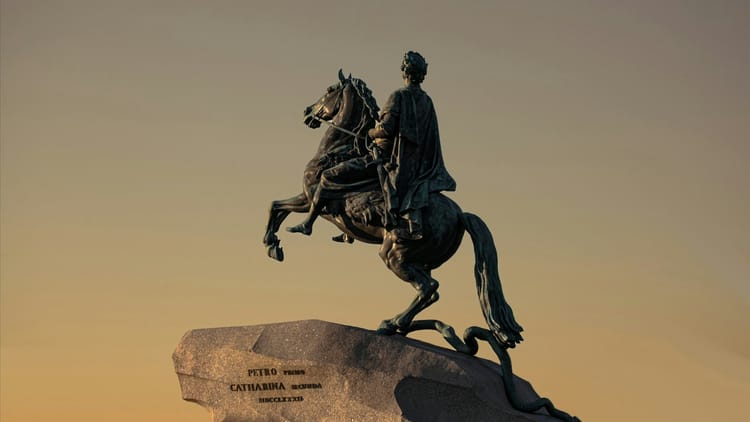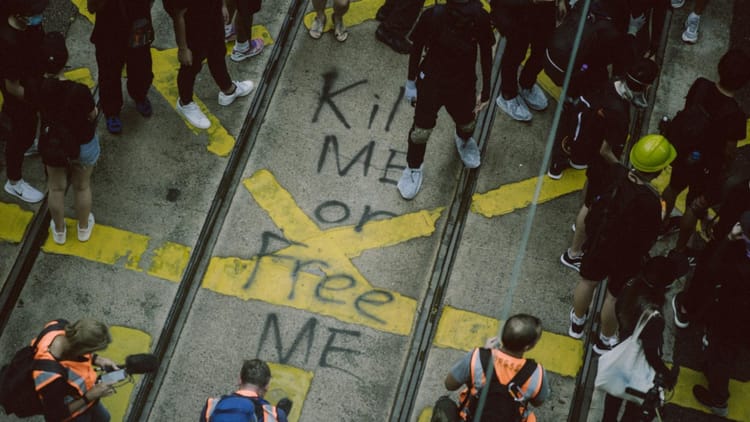The atomic playbook

Recently: Why is China building so much, so fast? Dan Wang’s new book, Breakneck: China’s Quest to Engineer the Future.
Today: “I know you’re officially at war, but we will see what we can do to get that all straightened out.” Donald Trump had no real answer when reporters asked him why he wanted to meet with North Korea’s supreme leader—until South Korea’s president gave Trump a peacemaker medal.
+ For members: Why is Moscow testing a new nuclear weapon? Sergey Radchenko on Vladimir Putin’s atomic threats—and what Western leaders are hearing in them.
& New music from Skullcrusher ...
A reason to call Kim
U.S. President Donald Trump landed in South Korea on Wednesday for meetings he’d spent the week framing in terms of his desire to speak with North Korea’s Supreme Leader Kim Jong Un. When reporters asked what he wanted to discuss with Kim, Trump had no clear answer—until South Korea’s President Lee Jae Myung presented him with the country’s highest national honor—the Grand Order of Mugunghwa—for Trump’s “contribution to peace on the Korean Peninsula and his continued role as a peacemaker.”
Technically, the two Koreas remain at war, as they have been for 75 years. Lee served Trump a dessert with a gold-flecked brownie, gave him a replica gold crown excavated from an ancient royal tomb, and told him it would be “a historic achievement” if Trump were to create peace between the Koreas. Hours later, Trump told Lee he would do exactly that: “I know you’re officially at war, but we will see what we can do to get that all straightened out.”
Trump’s previous diplomacy with Kim collapsed in Trump’s first term, without any deals on North Korea’s nuclear program. Kim said last month he had a “good memory” of Trump but that North Korea would never re-enter negotiations unless the world accepted it as a nuclear-armed state—the one concession Trump has ruled out. North Korea has since expanded its arsenal, cutting off all dialogue with South Korea and the United States. Yet Trump says he feels “absolutely certain” he could resolve the conflict, adding “it may take a little time; you’ll have to have a little patience.”
The commitment followed an extended performance calibrated with remarkable precision to Trump’s tastes: a military band playing Village People’s “YMCA,” a gold crown, side dishes made with ketchup. Trump had just told South Korean business leaders he’d threatened multiple countries that he’d halt trade talks unless they ended their conflicts. Lee then gave Trump his peacemaker medal. That seems to have imbued the American president with a purpose for speaking to Kim—and, possibly, the American administration with a new geopolitical priority. Kim, meanwhile, doesn’t appear to be altering his position to refuse negotiations without nuclear recognition.

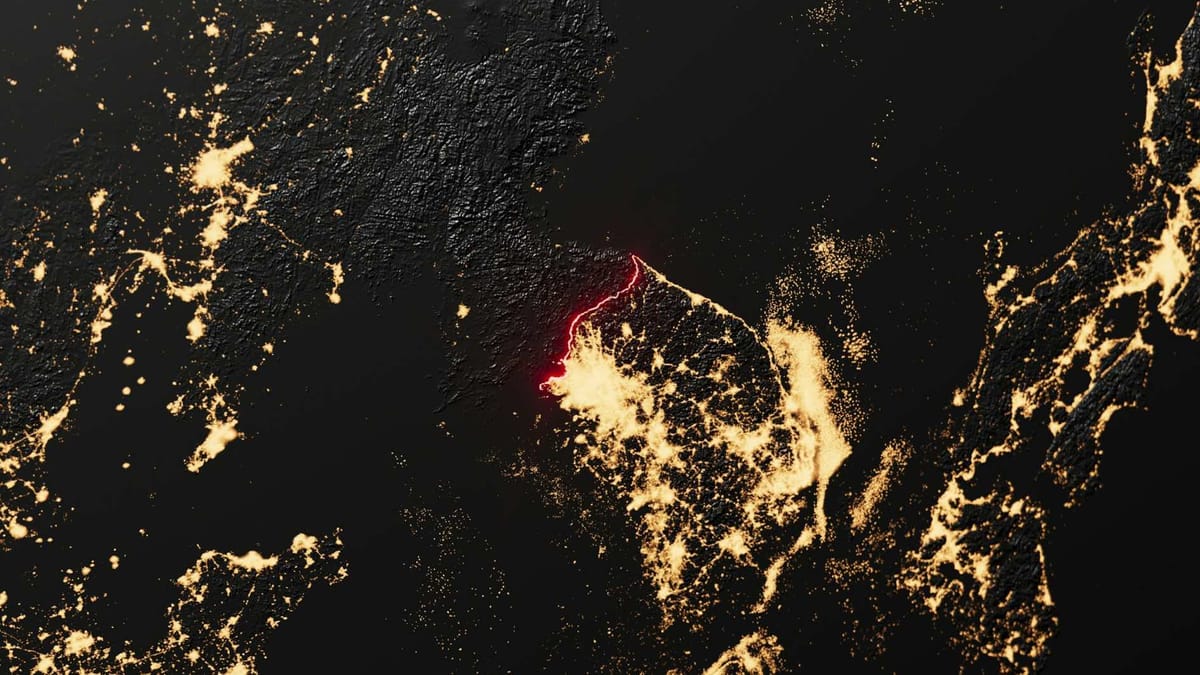

Meanwhile
- An inconvenient commission. The White House fired all six members of the Commission of Fine Arts on Tuesday—an independent federal panel that advises on construction in Washington and that commissioners expected would review President Trump’s planned US$300 million ballroom and triumphal arch. A White House official told The Washington Post the terminations aimed to install members “more aligned with President Trump’s ’America First’ policies.” The commissioners, all appointed by former President Joe Biden, served four-year terms, several extending through 2028. Trump purged the National Capital Planning Commission—the other agency required to review White House construction—in July. In 2021, Biden became the first president to force out sitting commission members when he fired Trump appointees.
- Deadliest day of the truce. Israeli strikes across Gaza on Tuesday night meant the deadliest day since the October 10 ceasefire. Prime Minister Benjamin Netanyahu ordered the strikes after Israel accused Hamas of staging the discovery of hostage remains and after an Israeli-American soldier died in Rafah. Hamas denied involvement and delayed returning another body. Israel announced on Wednesday morning that the ceasefire had “resumed” but would “respond forcefully to any violation.” President Trump, traveling in Asia, said Israel “should hit back” but insisted the ceasefire wasn’t at risk.
- Cutting without data. The U.S. Federal Reserve cut interest rates by 25 basis points on Wednesday afternoon, lowering the benchmark rate to a range of 3.75 to 4 percent—the second cut this year. The decision was despite an ongoing government shutdown that has blocked the release of key economic data, including the September jobs report. The Fed’s chairman, Jerome Powell, said in his press conference that policymakers would proceed cautiously given the lack of official data, relying instead on private-sector reports and the October inflation reading, which showed prices rising 3 percent annually. Markets had priced in the cut with near-certainty. Powell signaled openness to additional cuts but declined to commit to any specific path, citing uncertainty from both the data blackout and the economic effects of Trump’s tariffs.
- Isolated in Amsterdam. The center-left party D66 leads the Netherlands election with 27 projected seats versus Geert Wilders’s hard-right PVV at 25, according to exit polls that followed the close of voting on Wednesday night. The result—within the poll’s margin of error—would mark a major reversal from 2023, when Wilders’ party won 37 seats. All mainstream parties ruled out partnering with Wilders after he collapsed the previous government in June over immigration. D66 leader Rob Jetten could become prime minister. At least four parties will need to negotiate a coalition to reach the 76-seat threshold in the 150-seat parliament. … See “Now Holland.”
- Melissa’s path through the Caribbean. A day after Hurricane Melissa tore through Jamaica, it did the same through eastern Cuba, moving toward the Bahamas on Wednesday afternoon. As the storm’s eye left Cuban land, it weakened to a Category 2 hurricane with sustained winds of 160 kilometers an hour. Its forward motion picked up to 24 kilometers an hour, heading northeast. That will bring dangerous storm surges to the Bahamas, along with the Turks and Caicos, as soon as Wednesday evening. By late Thursday, Melissa should reach Bermuda, where the weather service has issued a hurricane warning. The storm will then head into the open Atlantic, where forecasters expect it to dissipate by Monday morning in the waters south of Iceland.
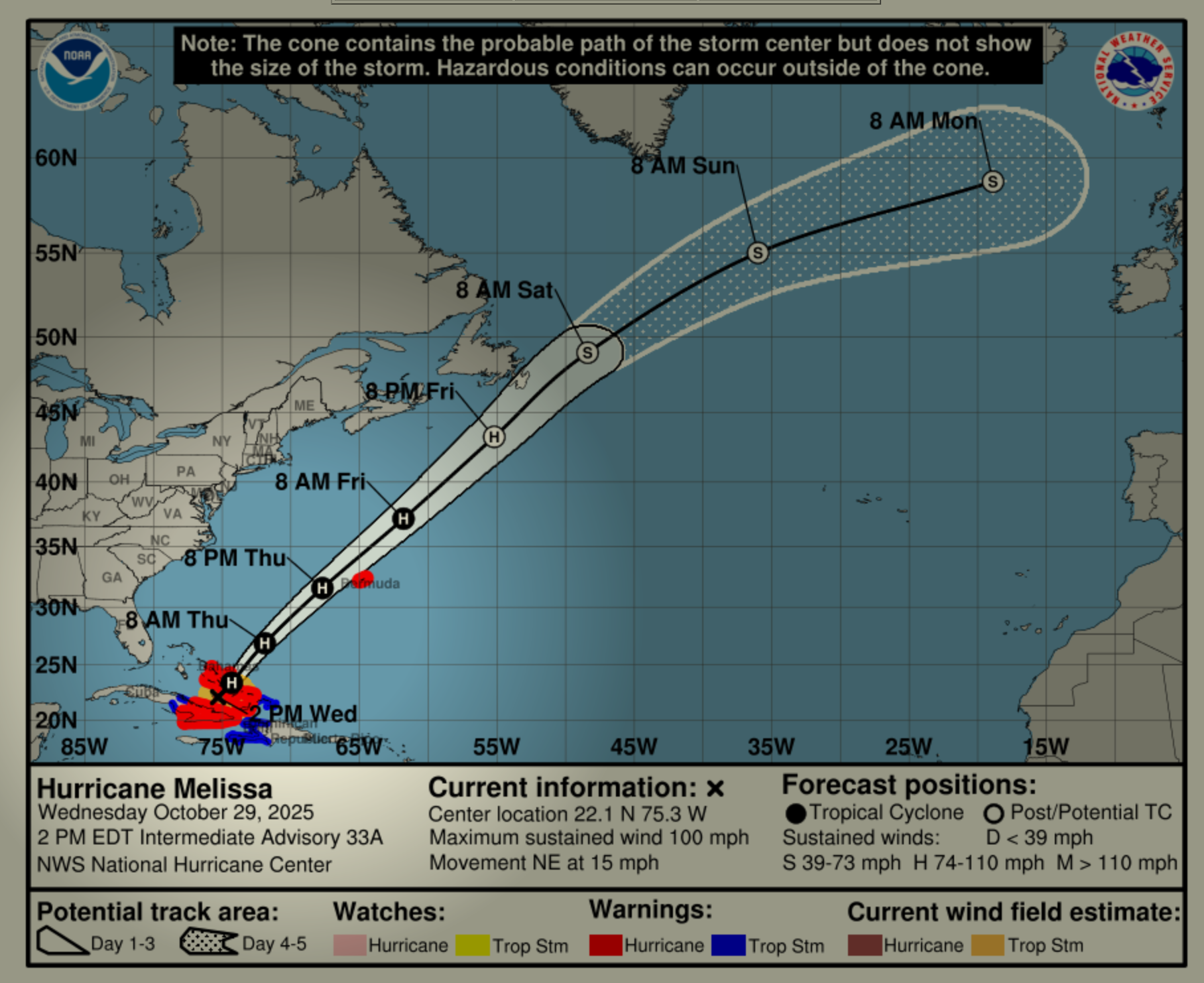
From the files
‘A tiny, flying Chernobyl’
Why is Moscow testing a new nuclear weapon? Sergey Radchenko on Vladimir Putin’s atomic threats—and what Western leaders are hearing in them.
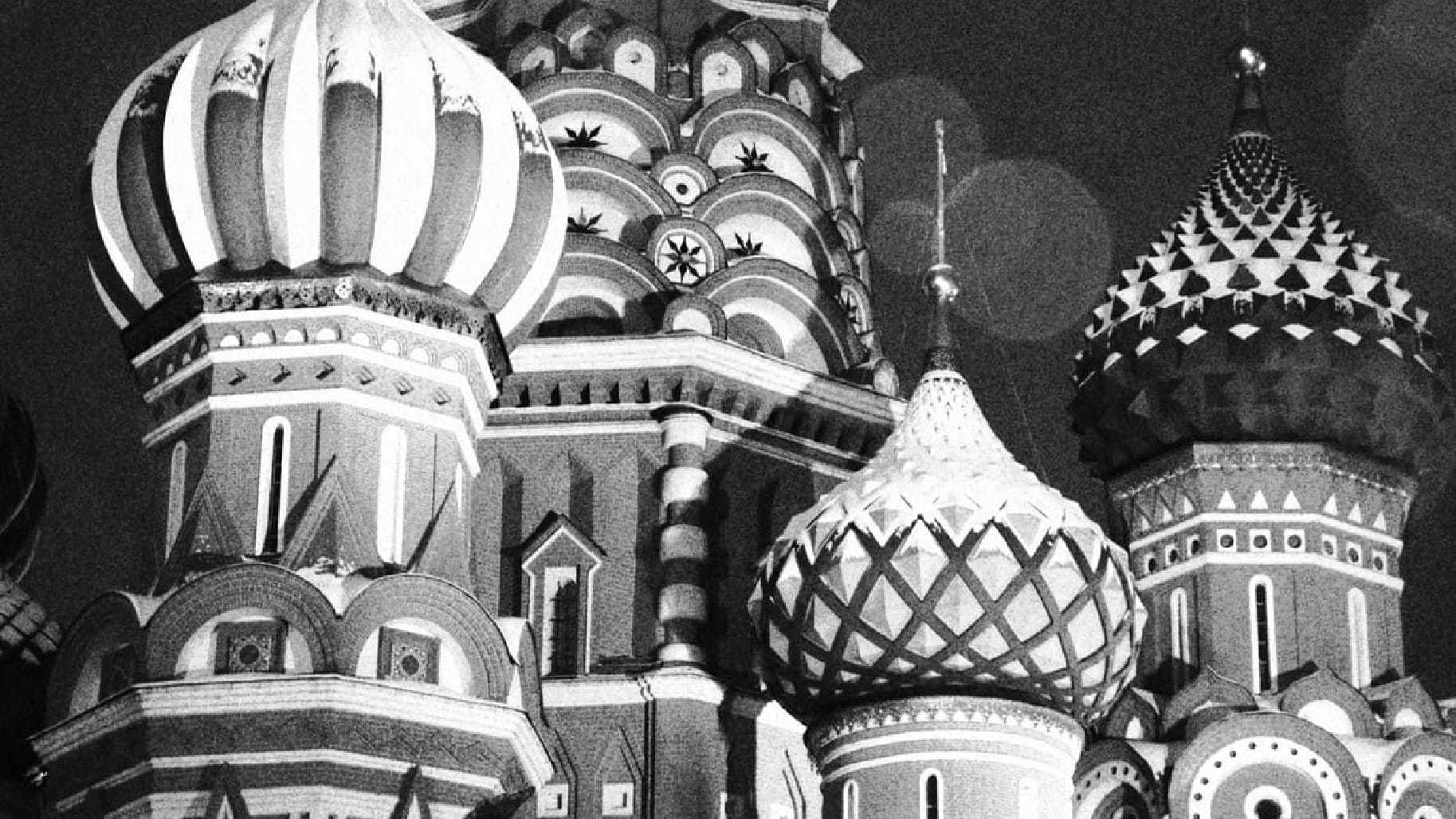
Relations between Russia and the West might have hit a new low. They’ve suspended talks on ending the war in Ukraine. U.S. President Donald Trump said on October 21 that he was canceling his planned meeting in Budapest with Russia’s President Vladimir Putin. One day later, the White House announced its toughest sanctions yet against Russia’s energy industry. The day after that, the European Union imposed its 19th set of sanctions, which included a full ban on imports of natural gas from the Russian Federation from 2027.
Then, on October 26, Putin donned military fatigues for a meeting with his top generals and announced that his armed forces had just successfully tested a new kind of nuclear weapon. Called the Burevestnik, the cruise missile contains a nuclear reactor that could allow it to fly for days. Russia’s chief of the general staff, Valery Gerasimov, said the missile had flown about 8,700 miles/14,000 kilometers over 15 hours. “It is a tiny, flying Chernobyl,” Gerasimov said.
Putin added, “It is truly a unique weapon, one that no other country in the world possesses.” He ordered the military to build the infrastructure necessary to bring the Burevestnik into service.
It’s not the first time that Moscow has raised the prospect of using nuclear weapons since it invaded Ukraine. Just last week, Putin observed drills of Russia’s strategic nuclear forces—and warned of a “very serious, if not crushing, response” if Kyiv were to keep using Western missiles for strikes deep within Russia.
In November 2024, the Kremlin changed its official nuclear doctrine, lowering the threshold for its use of nuclear weapons. In May of the same year, the Defense Ministry had conducted drills simulating nuclear attacks. And since 2022, Putin and other top Kremlin officials have insisted that Russia was not bluffing, and the danger of nuclear war was real.
How real?
It’s impossible to know entirely where the Kremlin’s red lines are, as Sergey Radchneko discusses here in The Signal. And yet the possibility that they’re dangerously near has determined much of the course of the war. It underlies all the West’s strategic calculations.
Radchenko says Putin has been following a strategy that, in the 1970s, U.S. President Richard Nixon referred to as the “madman theory”: Make a rival think you’re crazy enough to use nuclear weapons, in order to deter the opponent from being aggressive.
Western leaders clearly believe Putin is a Nixonian madman. It’s why they’ve only slowly expanded the numbers and types of weapons they give to Ukraine. It’s why they’ve limited how Kyiv can deploy those weapons. And it’s why they’ve been increasing the pressure on Russia very gradually, as with the incremental expansion of sanctions.
“All these considerations have been shaped by calculations about the likelihood of Russian retaliation or escalation that could potentially turn nuclear,” Radchenko says. “And based on Washington’s actions, the only plausible conclusion is that the United States is taking the Russian nuclear threat very seriously.”
Your loyal guide to a changing world.
Membership with The Signal means exclusive access to premium benefits:
- Regular profiles on the questions behind the headlines
- In-depth feature interviews with our network of specialist contributors from across America and around the world
- The despatch, our weekly current-affairs and cultural-intelligence briefing
- Early access to new products, including print extras
It also means vital support for an independent new enterprise in current-affairs journalism.
New music
‘March’
The indie singer-songwriter Helen Ballentine, a.k.a. Skullcrusher, is known for her big questions and introspection—and this track is no exception, as she longs for people and purpose to animate her life. And yet almost everything you hear is just the seeker’s sweet voice and downcast piano melody.





